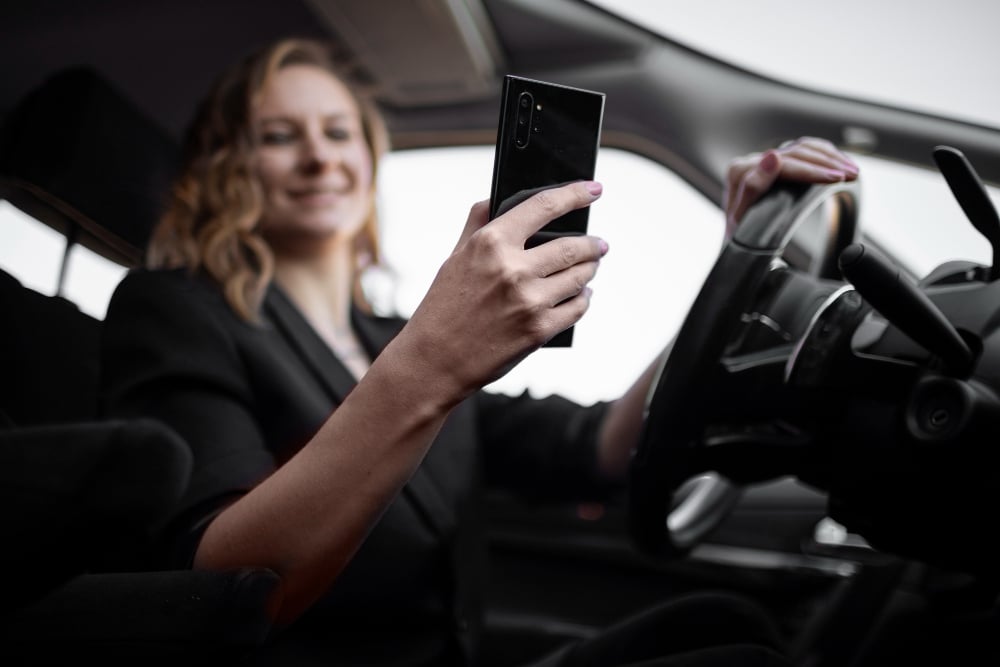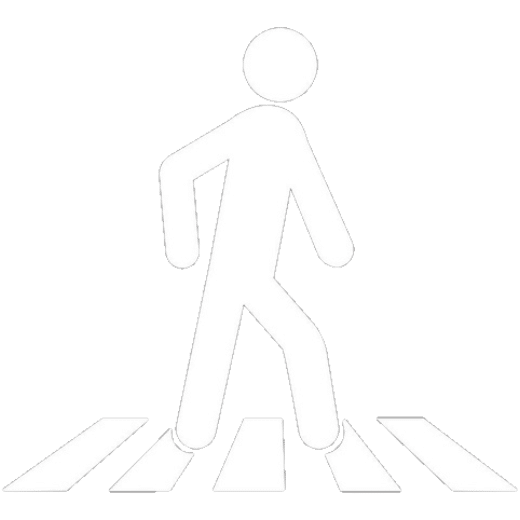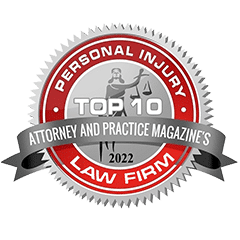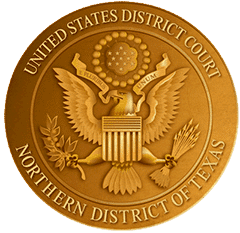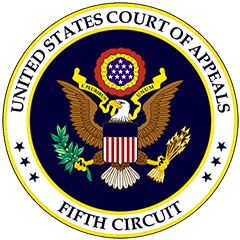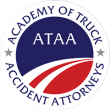Every day, millions of Texas residents rely on Uber for their commute, errands, and nights out. While the convenience and affordability of rideshare services are undeniable, there’s an often-overlooked issue lurking behind the scenes—drowsy driving. For Uber drivers, who often work long hours to make ends meet, fatigue is a common occurrence. Alarmingly, drowsy driving is one of the silent killers on our roads, and Texas residents may be more vulnerable to this risk than they realize.
This blog explores the serious implications of drowsy driving among Uber drivers in Texas, with insights into its causes, consequences, and what can be done to address this growing concern. By the end, you’ll understand why this issue demands immediate attention and how everyone—drivers, Uber, and passengers—can play a role in fostering safer roads.
Understanding Drowsy Driving
What Is Drowsy Driving?
Drowsy driving occurs when someone operates a vehicle while experiencing significant fatigue or sleep deprivation. This impaired state can lead to slower reaction times, reduced attentiveness, and poor decision-making—making drivers as dangerous as those under the influence of alcohol. According to the National Safety Council (NSC), driving after 20 hours without sleep is equivalent to driving with a blood alcohol concentration of 0.08%, the legal limit in Texas.
Alarming Statistics
The National Highway Traffic Safety Administration (NHTSA) estimates that drowsy driving claims about 100,000 crashes annually in the United States, causing 71,000 injuries and 1,550 fatalities. Texas, with its sprawling cities and highways, is particularly vulnerable. A report by the Texas Department of Transportation reveals that fatigue-related crashes accounted for 9,674 accidents in the state in 2022 alone. When you factor in rideshare drivers like those working for Uber, who often push themselves to maximize earnings, the risks become evident.
Why Drowsy Driving Is Dangerous
Fatigue undermines everything needed to drive safely:
- Slower Reaction Times: Drowsy drivers take longer to respond to sudden road hazards.
- Tunnel Vision: Exhaustion narrows a driver’s field of vision, missing critical signals like stoplights and pedestrians.
- Microsleeps: Drivers can fall asleep involuntarily for 4–5 seconds—long enough to cause devastating accidents at highway speeds.
The Role of Uber in Texas
How Uber Operates in Texas
Texas is one of Uber’s largest markets in the United States, with cities like Houston, Dallas, and Austin serving as major hubs. For many drivers, Uber is a flexible way to earn a living. However, this flexibility can sometimes come at a cost. Uber drivers often work late-night shifts, multiple gigs, or long hours without breaks to meet their financial goals.
Uber’s Corporate Responsibility
While Uber provides a vital service, it has a responsibility to ensure the safety of both its drivers and passengers. Uber’s policies currently limit drivers to 12 hours of continuous driving. After reaching this limit, drivers must take a six-hour break before going back online. However, in a state as large and vehicle-dependent as Texas, this policy might not be enough. Drivers often work for other platforms or take on personal driving obligations during these breaks, further exacerbating exhaustion.
Drowsy Driving and the Law
Texas Regulations on Drowsy Driving
Unlike drunk driving, which carries clear legal consequences, Texas does not have specific laws against drowsy driving. However, reckless or fatigued driving that leads to accidents can still result in severe penalties, including fines, license suspension, or even imprisonment. Uber drivers are also bound by rideshare regulations, which require them to adhere to safe driving practices.
Uber’s Legal Liability
If a drowsy Uber driver causes an accident, who is held accountable? Legally, rideshare drivers operate as independent contractors, meaning liability isn’t as straightforward as you might think. Typically, Uber’s insurance only applies if the driver is actively transporting a passenger or en route to pick one up. Regardless, victims of accidents caused by fatigued Uber drivers often face lengthy legal battles to obtain compensation.
Case Studies and Statistics
Real-Life Examples
There have been several high-profile incidents where drowsy Uber drivers in Texas caused serious accidents. For instance, a Houston resident reported a collision caused by a nodding-off rideshare driver, resulting in injuries to multiple passengers. Unfortunately, these stories are not isolated incidents.
The Bigger Picture
A survey conducted among rideshare drivers in Texas revealed that 40% admitted to feeling too tired to drive safely at least once a week. Furthermore, fatigue-related crashes involving commercial vehicles, including rideshares, have risen by 15% in the state over the last four years. These figures highlight a growing concern that cannot be ignored.
Community Impact
How Texans Are Affected
For Texas residents, the impact of drowsy driving extends beyond the individuals directly involved in accidents. Families lose loved ones, communities bear the emotional weight of tragedies, and public resources are strained to manage the aftermath of preventable crashes.
The Importance of Advocacy
Raising awareness about drowsy driving’s dangers is crucial. Local advocacy groups and nonprofits can work alongside rideshare companies to promote safe driving practices. Educational campaigns aimed at both drivers and passengers can also help create a culture of responsibility and mindfulness.
Solutions and Best Practices
Tips for Uber Drivers
- Prioritize Rest: Aim for 7–8 hours of quality sleep before shifts.
- Take Breaks: Incorporate 15-minute breaks every 2–3 hours, especially during long shifts.
- Stay Hydrated and Healthy: Proper nutrition and hydration help maintain alertness.
- Recognize Warning Signs: If you experience frequent blinking, yawning, or drifting out of your lane, stop and rest immediately.
Uber’s Role
To address drowsy driving, Uber could:
- Introduce stricter policies limiting hours across all rideshare platforms.
- Implement real-time fatigue detection technology in vehicles (e.g., dashcams with drowsiness alerts).
- Provide financial incentives for drivers to take rest periods between shifts.
Collaboration with Authorities
State authorities and rideshare companies must work together to establish clearer guidelines and enforceable measures around drowsy driving. This collaboration could include additional training modules for rideshare drivers focused on fatigue prevention.
What Texans Can Do to Stay Safe
If you regularly use Uber or other rideshare services, here are some steps you can take to ensure your safety:
- Look for Warning Signs: Observe your driver’s behavior (e.g., frequent yawning or lane drifting) and don’t hesitate to suggest stopping if necessary.
- Report Concerns: Use Uber’s app to report drowsy or reckless behavior—you could save lives.
- Advocate for Change: Support policies and initiatives aimed at making Uber rides safer for everyone.
Time to Address the Danger of Drowsy Driving
Drowsy driving among Uber drivers in Texas is a significant issue that impacts public safety, community well-being, and the rideshare industry itself. While the flexibility that Uber provides is valuable, it shouldn’t come at the cost of safety on Texas roads.
For Texas residents and Uber users alike, the solution lies in increased awareness and shared responsibility. Whether you’re a driver, passenger, or policy advocate, we all play a role in preventing fatigue-related accidents. Together, we can make Texas’s roads safer, one ride at a time.
